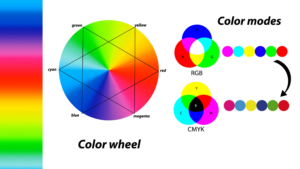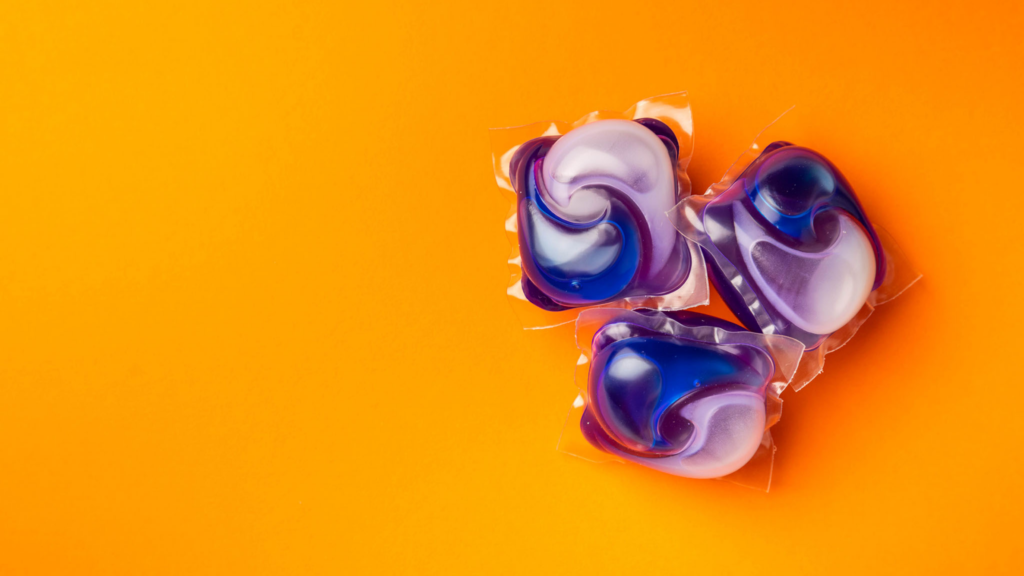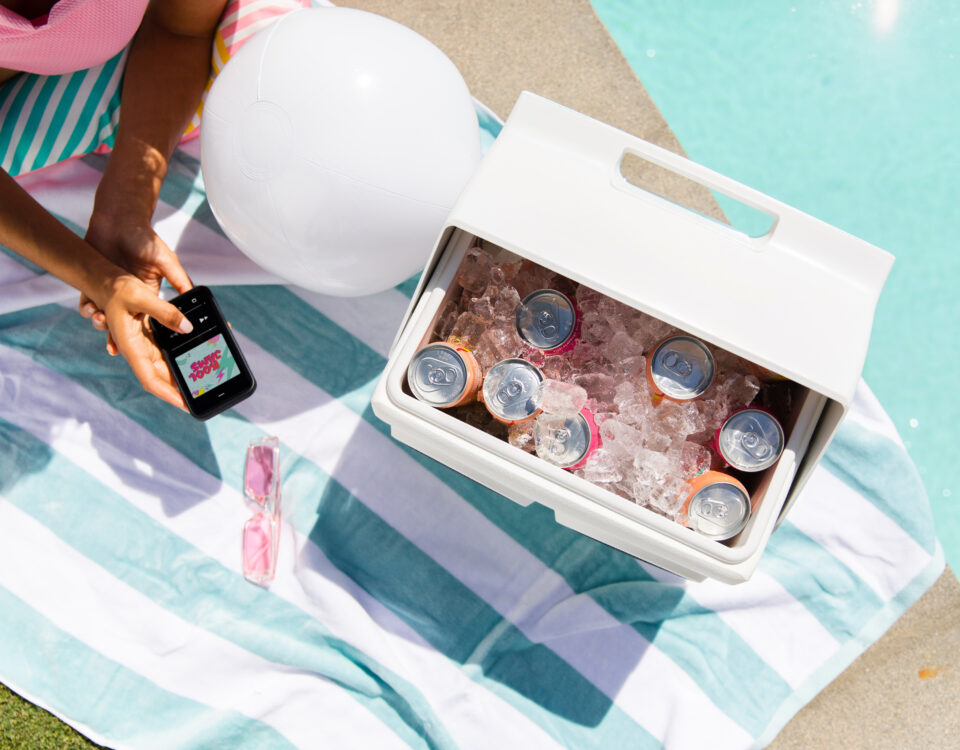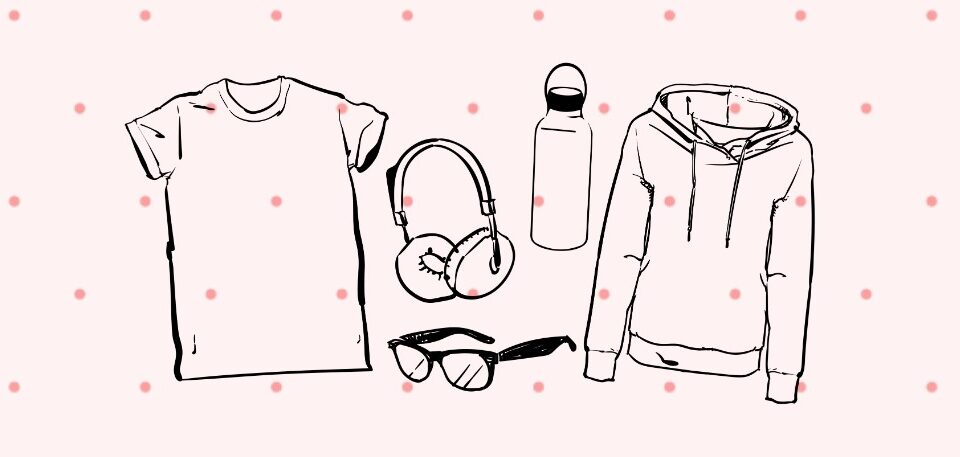
2022 Eco-Friendly Gifts That Are A Must
September 26, 2022
Print Matters
October 14, 2022Branding is a powerful way to distinguish your organization or business. It aids in the promotion of your products and services to prospective clients. Understanding the impact of color on customer preferences is critical to the success of your business.
Colors are proven to communicate information, have a significant influence, and compliment critical tools in marketing. The importance of selecting the correct color schemes for your company can’t be overstated. Your company’s color palette has a significant influence on other promotional techniques. It influences how you lay out the company website, develop your logo, and many other aspects. Utilizing comparable brand colors across all channels creates a cohesive image that your customers can use to recognize your brand.
How to Choose Colors for Your Brand
A brand image should be distinct since it represents the organization; this involves the font style and colors you choose for that particular design. Here you’ll learn how to select colors that are appropriate for your business and that motivate customers to choose your brand.
Establish Your Brand Identity
The color schemes you pick for your business represent its essence. The color you select should correspond to the statement you want to convey and your beliefs. The first step is to determine the brand’s identity. Create a list that explains your business and a structure that will offer you an advantage over your competition.
Determine your company’s goals and aspirations and what you want to express to your potential customers. This will assist you in determining the right colors for your business. Determine whether you wish your consumers to feel educated, pleased, confident, optimistic, or intelligent. Determine whether your brand is formal, humorous, or motivational. The color palette you choose will determine how you would like your company to be perceived.
Understand Color Meanings
Once you’ve identified your brand, you may choose colors to enhance it. Colors have several interpretations, including cultural and contextual implications. Various colors express different emotions. Restaurants and culinary enterprises, for example, use bright colors like yellow, orange, and red to emphasize and boost appetite. Some utilize Pink and blue for pastries and sweets. Green is used by varying businesses to encourage nutritional awareness and well-being. Technology firms use blue to represent productivity, intellect, and trustworthiness. Purple is often associated with innovation and excellence. The color black is commonly used in beauty and apparel to convey luxury and refinement.
Blues, purples, and dark greens are examples of cool tones. They’re an excellent option for brands that wish to portray expertise and tranquility. If your business expresses energy, desire, and excitement, warm tones such as yellows, oranges, and reds are a superior option.
Make Use of the Color Wheel

Three primaries and three secondary colors comprise the standard color wheel. Yellow, Red, and blue are the primary colors. These colors cannot be created using secondary colors. Green, orange and purple are secondary colors. They are made by combining two primary colors. Tertiary colors are generated by combining primary and secondary colors.
By combining various colors in variable proportions, you may produce an infinite number of colors. When the appropriate colors are used in your company’s logo, promotional items, and other branded products, you’ll accurately convey your message to your intended customers.
Learn Which Colors Go Well Together
Because you’re likely to utilize more than one color in your promotional materials, it’s critical to understand which colors organically complement one another. It can be difficult because some fantastic color combinations may not be evident initially.
According to one widely held view, colors that precisely reverse one another on the color wheel look exceptionally well together. This idea results in the primary color schemes of orange-blue, yellow-purple, and red-green. Several design professionals support this notion as the best solution to develop a complementing palette. Take Tide, a popular laundry detergent manufacturer that uses the complementary colors blue and orange on its product labels and promotional items. However, not all successful organizations employ the complementary color wheel idea for color ideas. Like Google, for instance. Their symbol comprises three primary colors (red, yellow, and blue) and one secondary color (green). The color schemes they sport are not entirely dependent on the concept of using complimenting reverse color. Blue and yellow are not fundamentally opposed colors, yet they work well together in Google’s vibrant logo.
Blue Buffalo is another firm that deviated from the widely accepted opposing colors idea while developing its logo. If you check their webpage, you’ll notice that the company logo and items use a monochrome color combination (light blue with dark blue). Since the colors are based around the same natural color, the outcome is a complementary palette that looks wonderful.
There are several complementary color concepts. The simplest method to determine what fits your company is to look into different color combinations and limit the pairings that appear to be the ideal fit for your brand.
- Tide’s complimentary color scheme of blue and orange.
- Google’s unique incorporation of blue, red, green and yellow in their logo.
Take Inspiration from Your Environment
Color ideas can come from everywhere when you pay close attention. Keep your eyes peeled when you’re sipping a hot cup of coffee at your neighborhood Starbucks or taking the train home. Take a photograph of a design or color scheme you like and use it as inspiration while building your advertising strategy.
Look at the colors of different companies for ideas. Examine your rivals’ pallets and analyze what makes them look unique. Examine their color selections and consider how you will differentiate your color options. Color-generating websites may also be helpful for ideas with more fabulous suggestions for intriguing colors and color matching.
Understand Your Target Market
Analyze your market and choose colors that will entice them. Mothers may feel more at ease and respond positively to pastel pinks, blues, and yellows. Teenagers, on the contrary, are much more likely to be put off by pastel tones and favor vibrant, lively colors.
When selecting colors for your promotional campaign, you must first determine whom you are selling to and choose colors that are most attractive to your intended demographic while correctly expressing what your brand represents.
Create Your Ideal Promotional Campaign
It’s time to finish your complete marketing strategy now that you understand how to uncover color ideas for your brand logo and company products. Print House simplifies this step by offering a wide range of promotional items and services. We have the experience to assist you in making the best color selections to optimize your return on investment.
You can pick a basic yet robust design for your goods, logo, or promotional campaign, allowing you to choose the intended impression for your company. Gather ideas for your next advertising campaign’s color combination and contact Print House for assistance in building a creative brand logo and marketing materials that will appeal to consumers.






